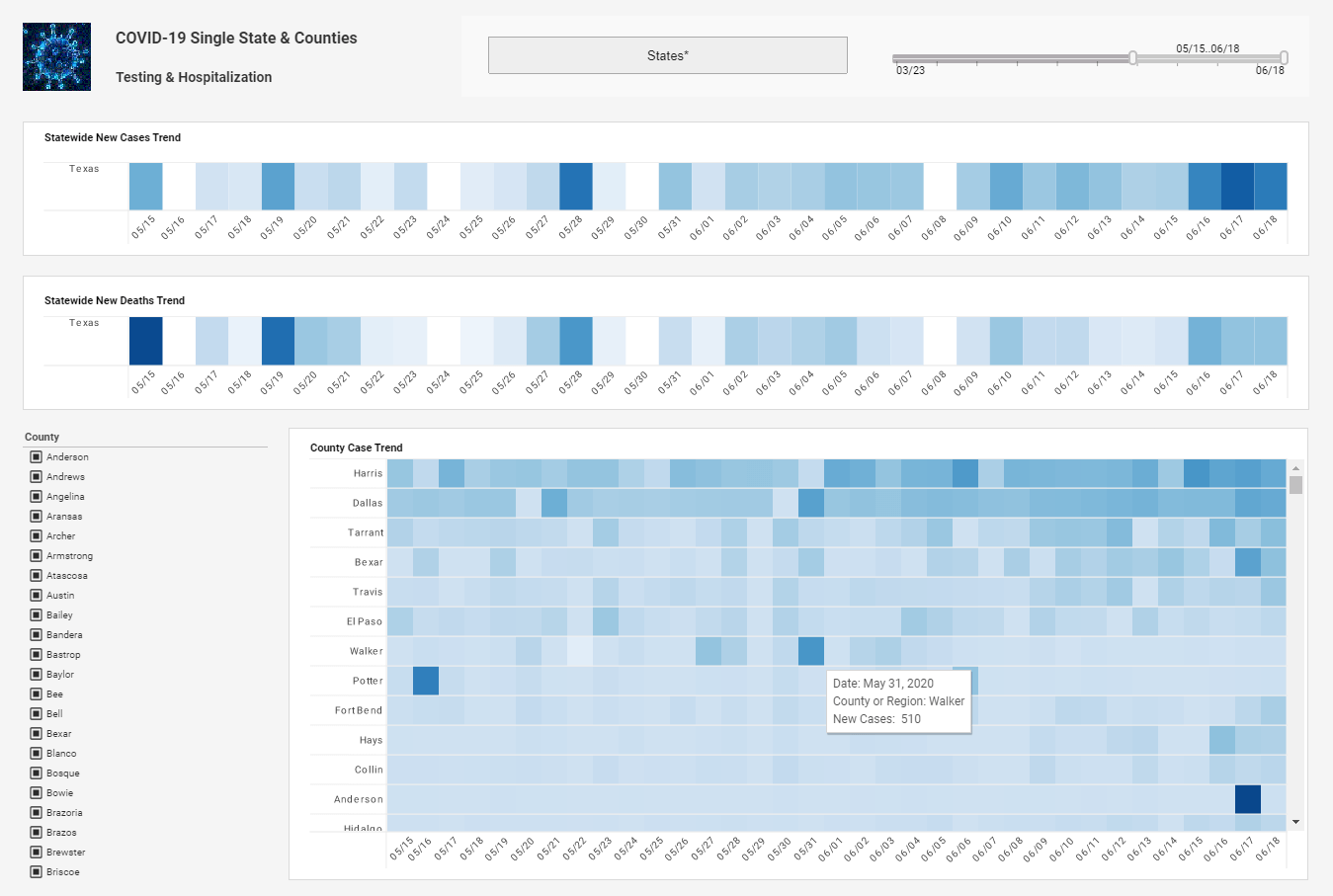Expansion and BI Potential
This is a copy of the transcipt of a Webinar hosted by InetSoft. The speaker is Mark Flaherty, CMO at InetSoft, and he discusses the topic of "Embedded Business Intelligence"
Mark Flaherty: So how long does it take from the time a business event occurs until information about that event is available? How long do you need to make that informed decision? Is it real time, is it within the hour, is it within the day? What we have seen is a substantial increase in the number of respondents who need information either within the hour or near real time or even real time. So companies that once could stand to have that actionable information at their fingertips within a week that's now translated to by the end of the day. By the end of the day, it's now translated to within the hour. So it's that increased urgency for information, for actionable information that has proven to be a major trend here.
Another trend that I talked about before is the expansion in delivery options. Mobile BI and software as a service or SaaS based on demand BI, these are increasing in prevalence. But more and more what we are seeing and what we are going to be talking about today is this concept of embedded BI. So more and more companies are looking to leverage their existing software infrastructure to build BI capability on top of that infrastructure such that they can get those tools in the hands of more users and generate more positive business impact as a result.
| #1 Ranking: Read how InetSoft was rated #1 for user adoption in G2's user survey-based index | Read More |
Taking An Embedded Type of Approach
So why is it that companies are taking this embedded type of approach? Here we are looking the pressures. We ask companies, "what are the pressures that are driving you to look at business intelligence as a major focus of your organization?" First is what we have been talking about thus far, which is a growing number of decision makers need this type of capability, there are just simply more business users out there. Secondly is to provide more visibility into that operational activity. Companies don't know what they don't know when it comes to their operations. If there is a bottleneck in the process, they want to be able to identify it and act on it as quickly as possible and they are looking for business intelligence as a tool to help them do that. Another major reason is that they feel like too many decisions rely solely on gut feel.
Now experience and expertise, domain expertise, are always going to be factors in prudent decision making. Companies more and more are looking to augment that expertise with fact-based decision support as well. And then finally another major reason is that inability to identify tangible business opportunities whether it's on the growth side or on the efficiency side, finding new opportunities to generate revenue or cost savings. They feel like their opportunities for business growth are slipping through their fingers everyday and that they are looking to analytics to help them identify and act on those opportunities.
So what is the potential for business intelligence? How can it affect the organization when implemented efficiently and properly? What are some of these sort of high level financial line item performance metrics, if you will? One thing that we have found is that companies that have leveraged BI efficiently whether it's on the revenue side or on the efficiency side, they have been able to generate, they have been able to find and act on those opportunities. And here we have segmented this into those that are using embedded BI versus those who are taking a standalone approach to BI.
 |
Read the top 10 reasons for selecting InetSoft as your BI partner. |
Double Digit Improvement From Embedded BI
So both groups have been able to see, in most cases double digit improvement, things like revenue and operating profit and cash flow and then the efficiency of their sales pipeline. But what's interesting is that those that have taken an embedded BI approach have been able to leverage that pervasiveness of their solution. I will talk a little bit more about that later. But they have been able to leverage more of their organization to deliver business value, identify those opportunities and produce some pretty tangible results. That's on the tangible side, but there are also some intangible aspects of business intelligence that can really affect an organization. One of the things that we look at is the connection or correlation between user satisfaction with business intelligence tools and the ability to generate performance. So typically the best companies just simply have happier users.
So when it comes to delivering solutions that are easy to use, solutions that have a breadth of relevance are able to connect up to multiple different types of data and provide timely and relevant information at the hands of variety of different decision makers. And then provide that anywhere, anytime access to the system that flexibility of access; it's something that has proven to be important as well.
| Previous: Embedded Business Intelligence Trends |


